Interviews
Problem lies in politicians, not provinces
Leaders squander majority, issue ordinance to help parties split and then blame the federal system for instability.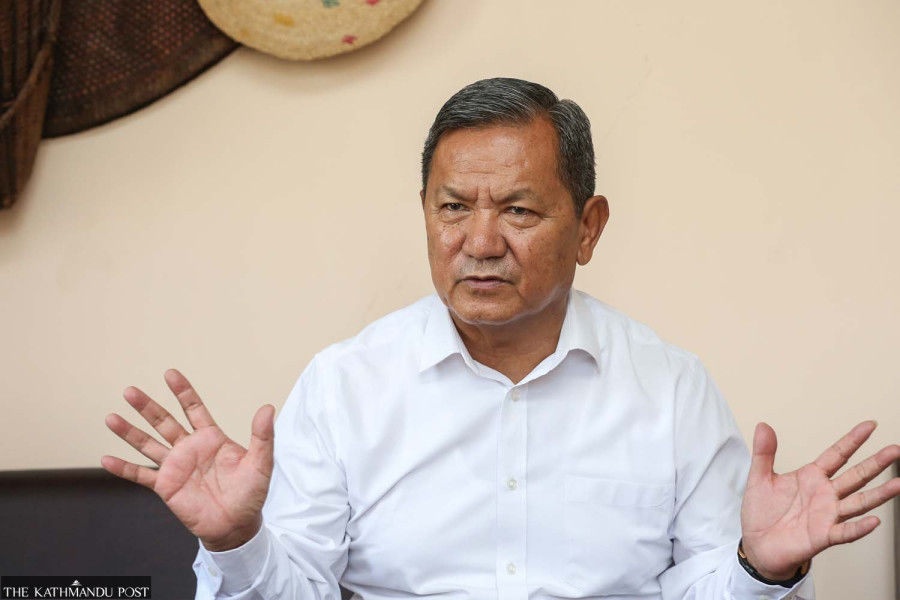
Thira Lal Bhusal
Prithvi Subba Gurung, deputy general secretary of the CPN-UML, is one of the leaders who strongly lobbied for a federal system while the Constituent Assembly was writing the constitution between 2008 to 2015. Eight years after the adoption of the federal democratic republican constitution, the federal system, particularly the provinces, are widely being criticised for their supposed failure to deliver. The Post’s Thira Lal Bhusal asks former Gandaki chief minister Gurung what went wrong in the course of implementing the federal system.
The implementation of the federal system has faced several hurdles since its adoption. Most provinces have for months failed even to form the governments, let alone run them efficiently. Where is the problem?
We have adopted a federal system but are working against its spirit. Provinces should run autonomously. On some key issues, federal leaders and the party’s central bodies may give some direction to their provincial bodies. But most provincial activities are still centrally-governed even years after the adoption of federalism. So, our practices aren’t in line with the system. The provincial governments shouldn’t have been affected by the changes in the federal coalition. Such problems were seen in India years ago. But they have learned from their experience. In our case, leaders of major political parties treated the provincial governments as party chapters. The provincial governments are formed and run as per the constitution and all the three tiers of the governments are autonomous. The high commands in our political parties aren’t ready to accept the new constitutional setup.
Are the provincial leaders equally responsible as they seek Kathmandu’s nod before taking any important decisions?
They seek the centre’s support because they are trained in that way. They are too dependent on the centre.
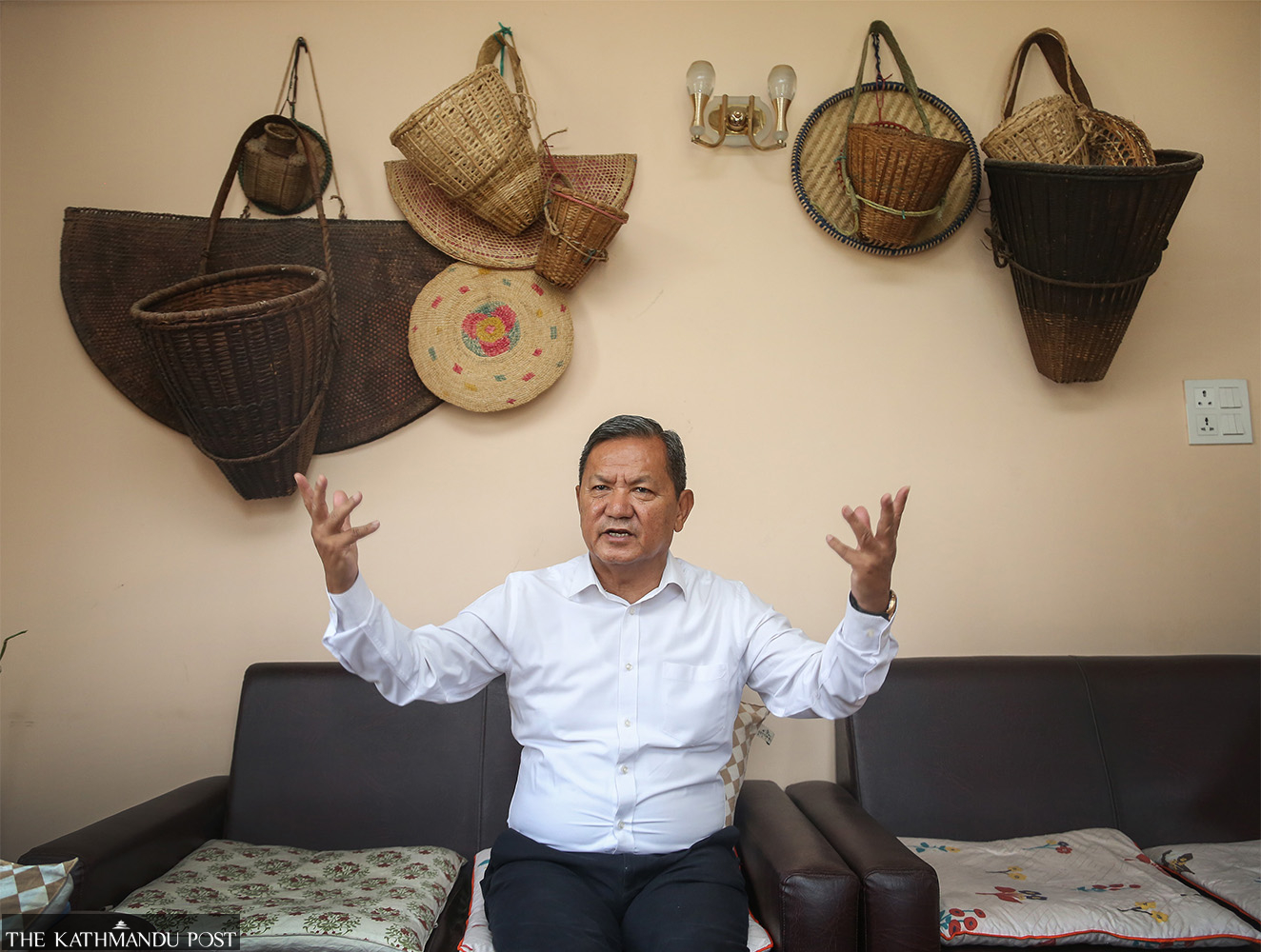
You said India learned by experience and now provinces there work more autonomously. But, in Nepal, provinces are now witnessing more problems than during their first tenure, which is evident also in the difficulties in government formation in multiple provinces. Why couldn’t they learn from the five-year experience?
Nepal’s leaders and political parties are still not committed to federalism. They have failed to implement the federal system as per the spirit of the constitution. This is the major problem. The big parties as well as their leaders are guided by a centralised mindset and still prefer working in a unitary system. We should not forget that we transformed the executive and legislative bodies into three tiers of federal systems. But our judiciary retained the old structure. Therefore, the judiciary doesn’t accept the federal system and its practice in a true sense. Its verdicts reflect the same.
The role of Speakers and Province Heads has courted controversies in multiple provinces. The top court invalidated some of their decisions. Is it because of lack of clarity, faults in our constitutional provisions, or is it because of the leaders?
Speaker and Province Head are political posts created in accordance with constitutional provisions. When overall politics is dirty and unhealthy, those taking up these responsibilities also feel compelled to resort to similar tactics. When overall politics improves, they automatically make better decisions. Mainly there is no leader in the high command who completely owns federalism and is determined to implement it in its true spirit. This government in its policies and programmes unveiled last month had rightly said that “protecting federalism and strengthening the federal democratic republic is our top priority”. But the budget failed to introduce programmes as per the promises made in the policies and programmes.
How do we correct these anomalies? Where do we begin?
We are in a complex situation. Many have started to float the idea of making amendments to the constitution. But we shouldn’t forget that various forces and stakeholders had their own positions during constitution-making. They made compromises and found middle grounds to promulgate the constitution. If we go for amendments, they all will return to their respective stances. Some may want to revive the Hindu Kingdom while others will stand against it. Some leaders even within Nepali Congress have started to advocate for constitutional monarchy. But we can’t regress to the monarchical system. We can’t renounce secularism and an inclusive democratic system. We can’t backtrack on our commitment to a socialism-oriented system. We may explore some changes in our electoral system or form of governance without going against these key features of our constitution but we can’t destabilise the charter.
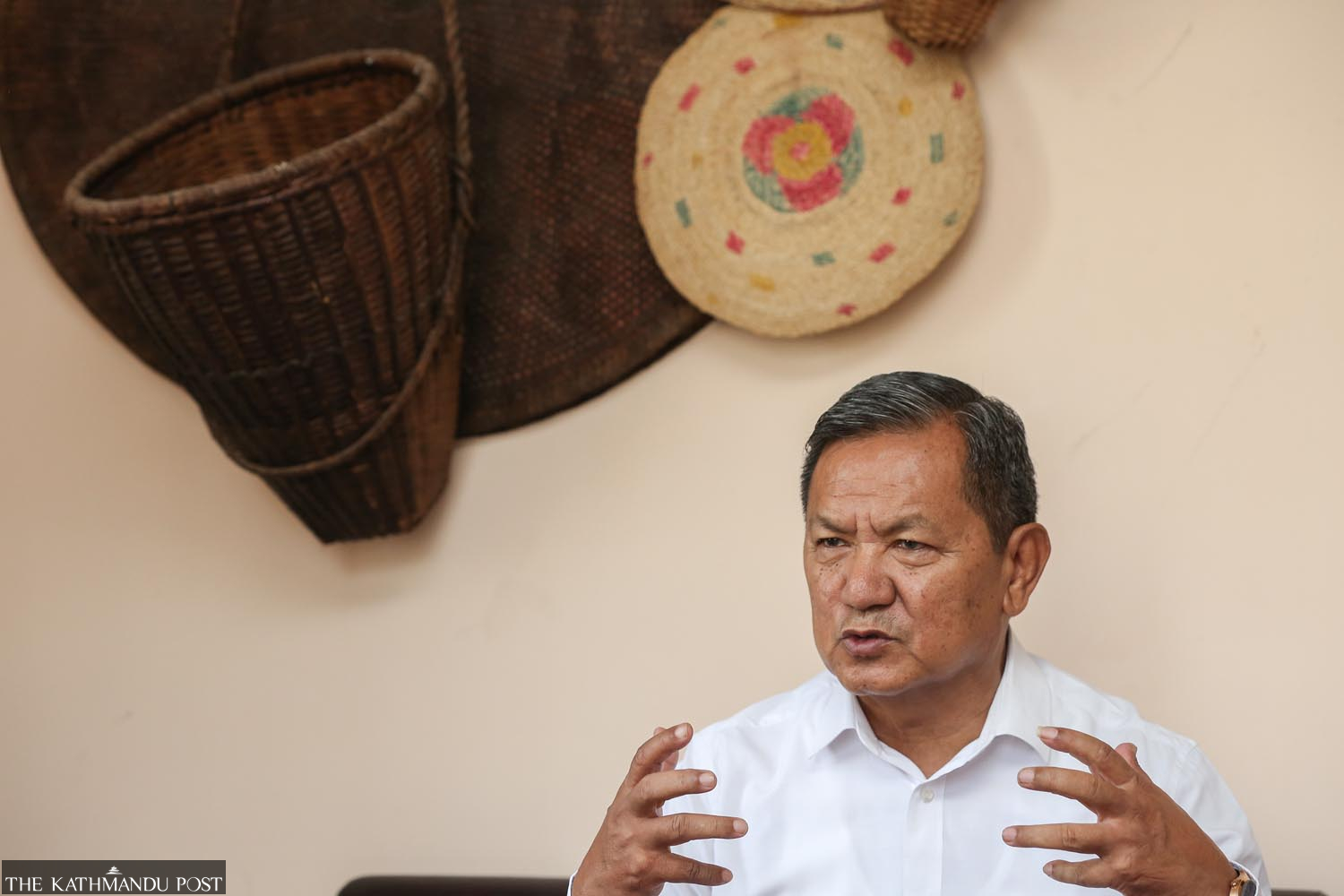
What are the major flaws to be fixed?
There are some. For instance, provinces have no role in education. The responsibility of education up to secondary level is given to the local level. And, everything is controlled by the federal government. The local units are entrusted with key responsibilities such as developing curriculum, overseeing the issues of career developments of teachers and staffers and their promotion as well as transfers etcetera. Local units can’t do all of these things efficiently as they have their own limitations. How can a local unit transfer a teacher from Kaski to Lamjung? Provinces should have been given such responsibilities. The power has been centralised at Singha Durbar. Such is also the situation in other sectors.
Though the proportional representation (PR) system is hailed as one of the most beautiful features of our constitution in terms of ensuring inclusion, it has also been blamed for political instability. Many have demanded revision in the electoral system.
The major political parties such as the CPN-UML and Nepali Congress have not trained their party members on the proper implementation of key constitutional features such as federalism and electoral system. The party members and general people have either wrongly understood it, or have negative impressions about the systems. These systems were adopted with an objective to resolve our decade-long conflict and address the concerns of the historically marginalised communities and even mainstream some groups through an inclusive democratic system. The idea was to integrate all the communities and maintain unity in diversity. After holding years-long debates on various options, we agreed on the mixed electoral system so as to reflect our diversity in the state agencies.
As the proverb goes, “the bad workman blames his tools”, our leaders are blaming the system for their failure to secure a majority by winning people’s trust. Many countries that practise similar electoral systems have progressed. Our electoral system and the form of governance are not causing political instability. Many countries have adopted a parliamentary system and many others have practised the presidential model. Countries have progressed in both the systems. Also, there are examples of failures under both setups. So, the problem lies in our political parties and leaders, not in the systems. Shouldn’t political parties like the UML and Congress work with a plan to secure a majority by winning people’s trust? They aren’t training their focus on that but blaming the system. At times, they have squandered the majority as well and have failed to keep the party intact. Isn’t it our [leaders’] failure?
Some argue that the issue of the fractured mandate can be addressed by increasing the threshold ceiling for political parties to be eligible to get PR votes and that can be done by amending election laws. Does it help?
This is the idea coming from big political parties because they get more votes when fringe parties disqualify for PR votes. But a higher ceiling may deprive many small parties from representing certain communities. So, this goes against the spirit of inclusion. What we need is a good coalition culture. If we see the trend of recent decades, Indian politicians have become much more mature in this context. In the past, Indian Prime Minister Narendra Modi accommodated his electoral alliance partners in his ruling coalition even though his party won the majority single-handedly. If we scrap the inclusive electoral system, won’t the marginalised communities again revolt? We should be careful about that.
At times, leaders have helped dissident groups split their party. These are the same leaders who issued an ordinance to change the provision that required a group within a political party to show support of 40 percent members of the party’s central committee “and” the parliamentary party. Only then could it split. They changed the threshold to 20 percent, and the “and” provision had been changed to “or”. The provision of requiring 40 percent support on both sides had earlier been included to ensure political stability. But the leaders who are helping party divisions are blaming the system for instability in the country. So, we [leaders] have to mend our ways, not blame the system.
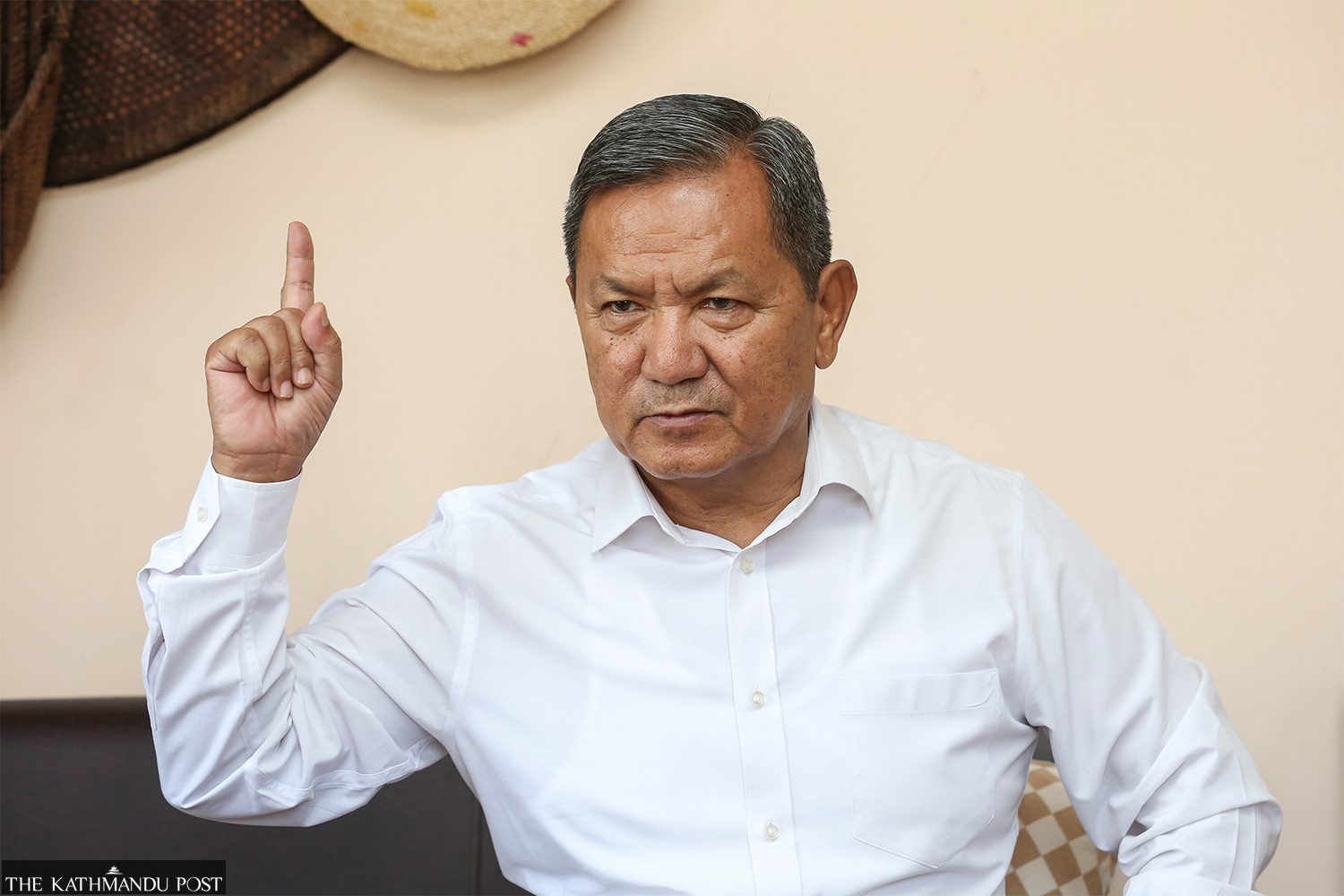
The Rastriya Swantantra Party, the fourth-largest in the lower house, has officially said that it wants to overhaul the federal system and drastically downsize the provinces. Also, leaders within the major parties who earlier stood in favour of federalism have started criticising it. On Saturday, Congress General Secretary Gagan Thapa said the country can’t sustain the provinces in their present form. What is your view?
I am one of those who advocated for a federal system even before the first Constituent Assembly because Nepal is a country full of discrimination based on caste, class, region and religion. We advocated for the system to do away with these discriminations and find a system to maintain unity within diversity. Federalism is the best system to promote national unity as all groups get their own space as per their unique features. For instance, if you make multiple rooms in a building, you can give space and adjust more people. But if you keep many people inside a big room, they will have difficulties—no matter how big the room is. We should strengthen the federal system. We can’t regress.
Then, why do many people see provinces as a burden?
In Nepal, the federal system was projected as a structure that resulted in huge liability to the state coffers. But the facts don’t substantiate it. A local unit in the federal structure replaced many erstwhile Village Development Committees (VDCs). For instance, in my home district of Lamjung, eight palikas covered the areas of 61 VDCs, and the expenditure of the current eight local units is no more than that of the erstwhile 61 VDCs. Now we don’t need 77 district coordination committees. They can be scrapped. No province needs more than seven ministers. Likewise, the federal Cabinet can be drastically downsized. Why do we need a 25-strong Cabinet at the centre when we already have seven other provincial cabinets? Twelve ministries are enough at the centre, as suggested by the high level commission on administration reform.
There are many departments and divisions that were designed under the unitary system that have become completely redundant in the federal setup. So many project offices established over two decades ago based on the needs of that time are still there. These irrelevant bodies should be scrapped. This is how we can significantly cut down on administrative costs. Leaders and people don’t discuss that. They only blame provinces.




 12.12°C Kathmandu
12.12°C Kathmandu
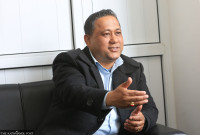

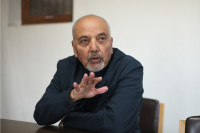


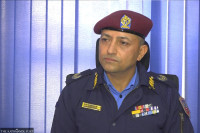

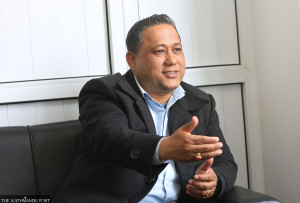



%20(1).jpg&w=300&height=200)

